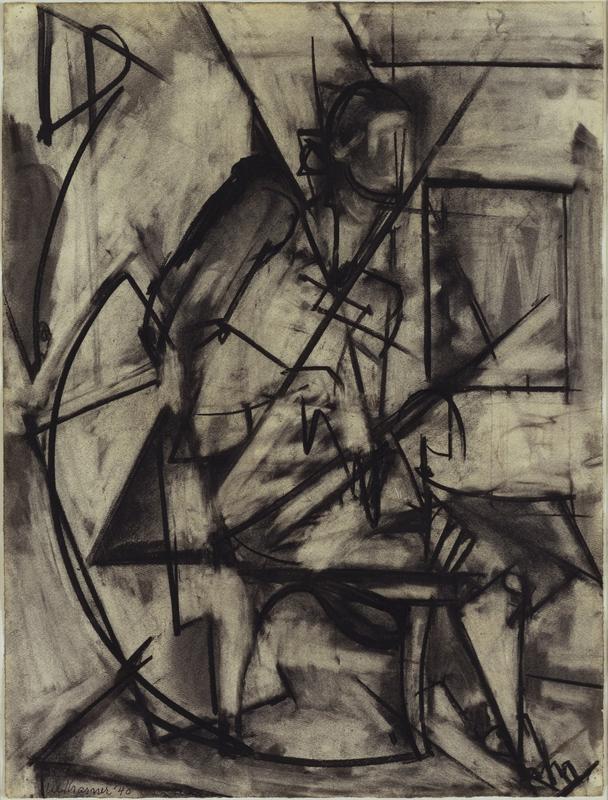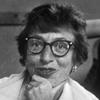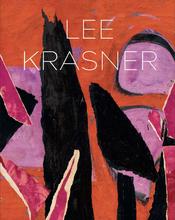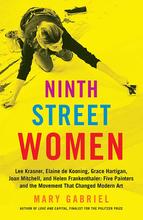More about Seated Nude
- All
- Info
- Shop

Contributor
This is one of the rare surviving pieces from Krasner’s mysterious pre-Pollock career when she was a promising student, before her “absolute break with Cubism” and the other kinds of breaking that she did (mostly she broke her paintings, more on that later).
Look how, even without the oh-so-golden influence of old Jack-o, she’s already a badass modernist. As if, perhaps, her ability had nothing to do with her husband.
Krasner changed her first name from Lena to less obviously lady-like Lee. This aversion to the seductively feminine was a pattern; this nude has the sex appeal of a bucket. While other cubists were distilling the body down to what they felt were the essential parts, namely the parts that identified that body as female, Krasner’s nude looks like it’s dissociating between the physical and astral plane. You would be hard pressed to gender this body. This is the sci-fi androgynous ideal made real before space travel or even atomic destruction were part of history books.
Critics are very concerned with Krasner’s perpetually undeveloped painterly voice. She appears to have felt the same way and had a habit of cutting up paintings she didn’t like. But rather than destroying them completely or saving their image for historical purposes (looking at you Gerhard) Krasner saved the bits and pieces like fragments of memories and then used them later in collages.That fragmentation is visible here in Seated Nude and a Freudian psychoanalyst could probably write 100 dissertations on the reasons for it.
Everybody is trying to explain Lee Krasner’s inability to be one of the greats. Maybe Pollock ruined her career, maybe she was just better at networking than art, maybe she never found her medium...ad nauseum. And she continues to confound critics 25 years after her death. But just because you’re confused about whether the model in this drawing was dude or lady for, doesn’t mean the artist wasn't just as good, if not better, than her peers and hubby.
Sources
- Glueck, Grace. December 21, 1984. “ART – LEE KRASNER FINDS HER PLACE IN RETROSPECTIVE ART MODERN.” The New York Times. Accessed October 30, 2017. http://www.nytimes.com/1984/12/21/arts/art-lee-krasner-finds-her-place-…
- Johnson, Ken. October 6, 2000. “ART REVIEW; Seeking a Constant In the Many Styles of Lee Krasner.” The New York Times. Accessed October 30, 2017. http://www.nytimes.com/ 2000/10/06/arts/art-review-seeking-a-constant-in-the-many-styles-of-lee-krasner.html
- Kernan, Michael. October 23, 1983. “Lee Krasner.” Washington Post. Accessed October 30, 2017. https://www.washingtonpost.com/archive/lifestyle/style/1983/10/23/lee-k… ner/cfe27fbd-8017-483f-bc08-039ab666f5a8/?utm_term=.74a3cdd9a2a0
- “Lee Krasner, Painter (1908-1984).” Biography.com. A&E Television Networks LLC.: 2017. Accessed October 30, 2017. https://www.biography.com/people/lee-krasner-37447
- Wallach, Amei. October 3 1999. “ART/ARCHITECTURE; The Lee Krasner Who Was Herself and Only Herself.” The New York Times. Accessed October 30, 2017. http://www.nytime s.com/1999/10/03/arts/art-architecture-the-lee-krasner-who-was-herself-and-only-herself.h













